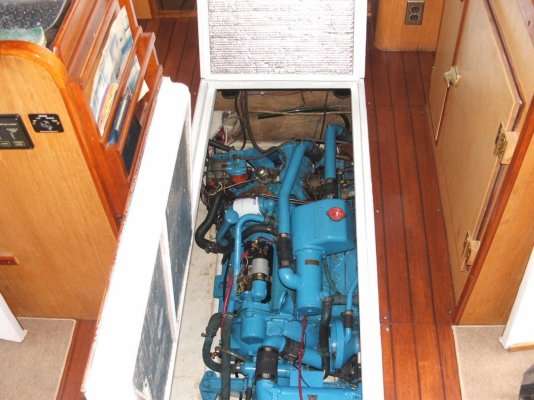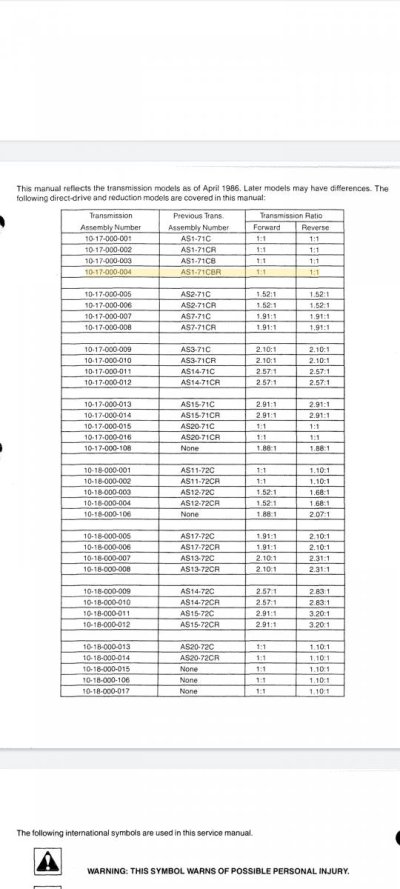JohnO
Veteran Member
- Joined
- Nov 13, 2020
- Messages
- 77
- Vessel Name
- Tsula
- Vessel Make
- Kadey-Krogen 42
Been lurking around on TF to get some insight into the Perkins 6-354s with lots of good info. Found a strong candidate for our next boat (first trawler). Hours on the engines are about 5k, but the engine room and engines look tight ... super clean. Prior owner (before the current one who has owned only about a year or two and not used much) taught diesel repair at a local community college. I haven't seen records yet, but thinking these are well maintained engines. Assuming I'm right, any insight on what "surprises" might still be lurking around the 5k hr turn?
I've read lots of TF threads on the "engine hours" issue and the marine age article (https://www.sbmar.com/featured-article/marine-age-the-real-age-of-a-marine-diesel-engine/). I know there's no hard and fast rule (mostly boat/boater dependent), and we're going to have a decent reserve fund day one, but curious what the experience of other Perkins owners with higher hours has been. Appreciate any insight.
I've read lots of TF threads on the "engine hours" issue and the marine age article (https://www.sbmar.com/featured-article/marine-age-the-real-age-of-a-marine-diesel-engine/). I know there's no hard and fast rule (mostly boat/boater dependent), and we're going to have a decent reserve fund day one, but curious what the experience of other Perkins owners with higher hours has been. Appreciate any insight.


